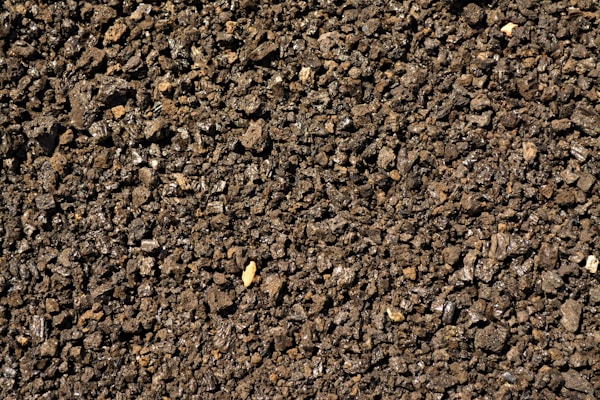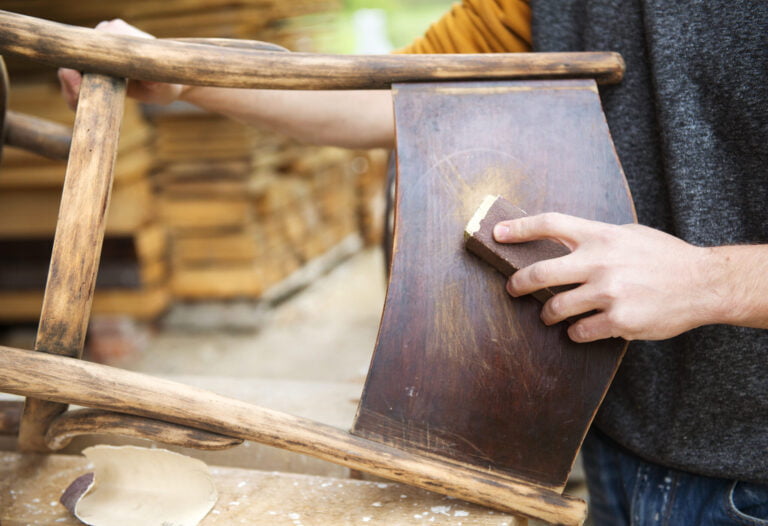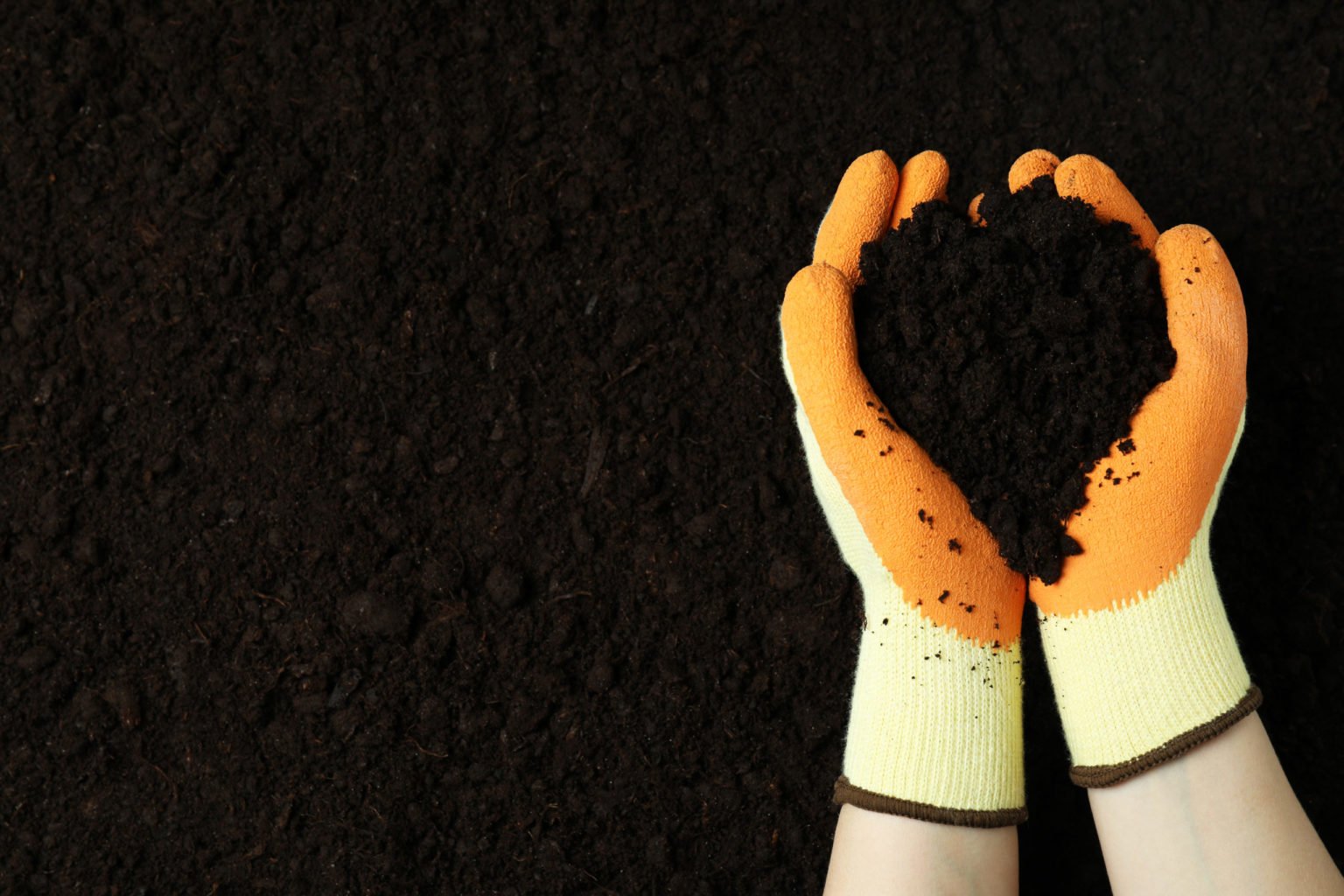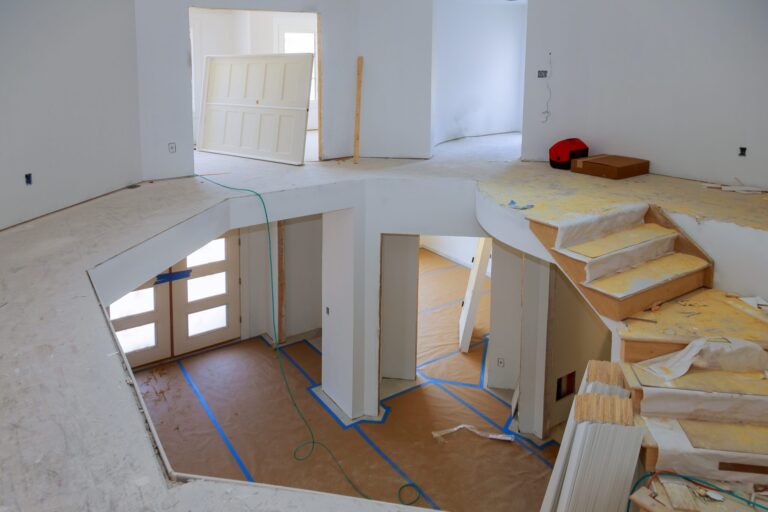Environmental remediation has never been more important to our fragile world. Soil remediation is the process of cleaning up contaminated soil. This remediation process is carried out through a variety of methods, such as physical removal, chemical treatment, and bioremediation. If you’re looking for your next great environmental project, this may be it. Remediation technology has improved over the past few years, but it is still so important for all of us to come together to help the environment. In this article, we’ll tell you everything you need to know about the soil problem and why it is so important.
Where can this soil be found?

Cleaning up this bad soil is an important process, as polluted soil can have a negative impact on both human health and the environment. There are many places where contaminated soil can be found. Some common sources of contamination include industrial sites, municipal landfills, former military bases, petroleum refineries, and chemical plants.
The nature and extent of the contamination will vary depending on the source. Be careful because the soil can contain harmful chemicals, metals, and other pollutants. These contaminants can leach into groundwater and pose a threat to public health and the environment. In order to protect people and the environment, it is necessary to clean up polluted soil. Remediation involves removing or treating the polluted soil so that it is no longer a threat. Together we can make a difference!
How much does remediation cost?

The cost of remediation can vary based on a few factors. It’s important to consider all the factors before you get involved. Some of these factors depend on the size of the area that needs to be cleaned up, the type of pollution present, and the methods used to clean it up. Some common methods of remediation include dredging, excavation, land farming, and bioremediation. You may find yourself wanting to hire professional soil remediation services. Someone with years of experience will be adept at developing a remedial strategy with the least amount of environmental damage.
What can cause contaminated soil?

Soil remediation is the process of removing pollutants from soil. It is important because contaminated soil can pose a threat to human health and the environment. There are several things that can cause contaminated soil. One major source of contamination is industrial pollution. Factories and other industrial facilities can release toxic chemicals into the air and water, which can then contaminate the soil. Another major source of contamination is agricultural runoff. Agricultural runoff can include pesticides, herbicides, and fertilizers, which can all pollute the soil. Trash incineration also poses a risk of contaminating soils with heavy metals and other pollutants. If these pollutants are not removed, they can leach into groundwater or be released into the atmosphere, posing a threat to both human health and the environment
Soil contamination can occur from many sources including leaking underground storage tanks, landfills, accidental spills, improper disposal of hazardous materials, industrial emissions, and pollution from automobiles. All types of soil will need to be treated in order to be made safe for use again. The most important factor in determining whether or not soil needs to be remediated is the level of contamination. Soil that is only lightly contaminated may not need to be treated at all, while heavily contaminated soil will require more intensive treatment.
Overall, soil remediation is important because it helps to clean up polluted soil, which can then be used for agriculture or other purposes. Soil remediation is an important process that helps to keep our environment clean. The environment is everyone’s problem, and processes like soil remediation are just one step toward a healthier Earth.











